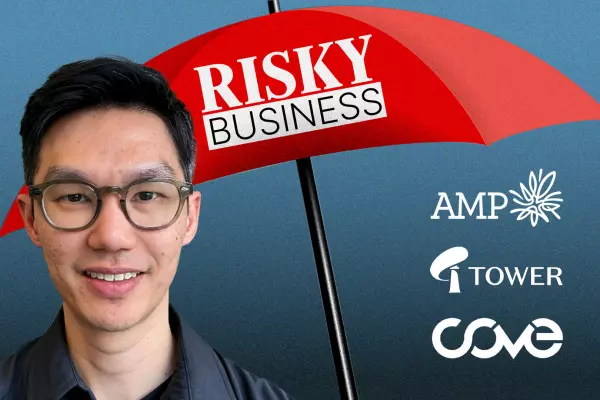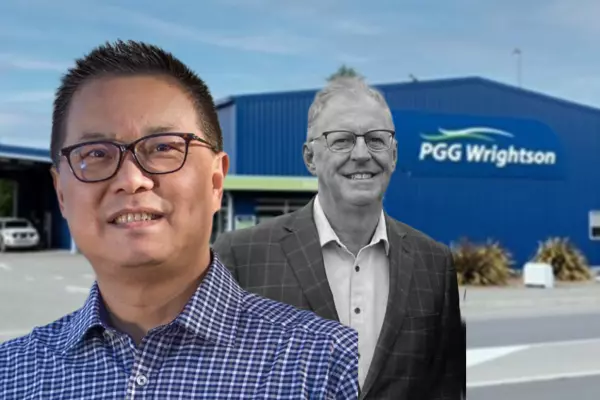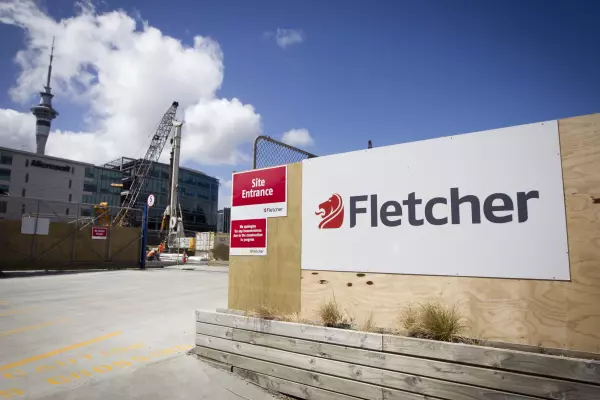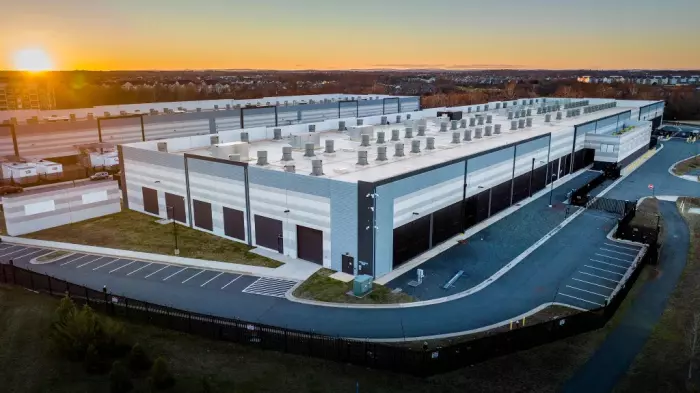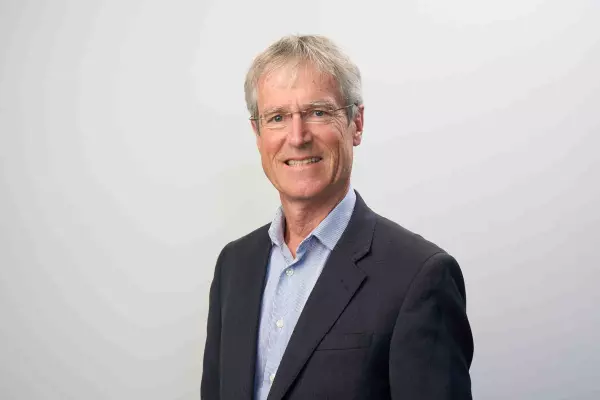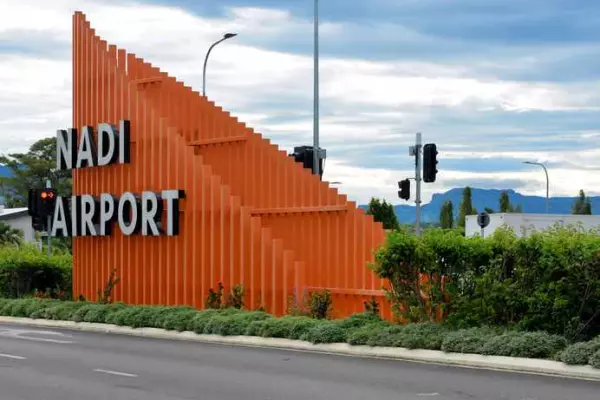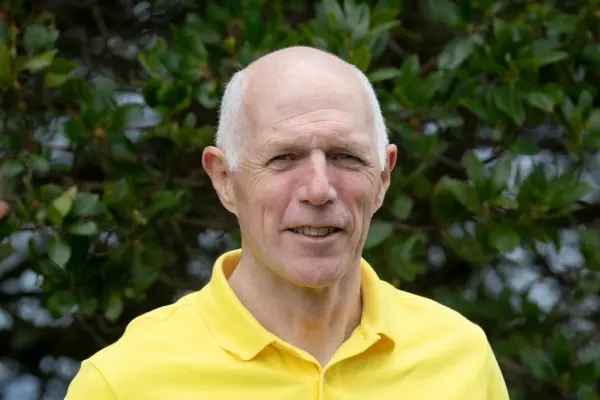Luke Irving is confident he has a billion dollar business.
The founder of Fingermark, a company best known for its kiosk and touchscreen digital menu board technology for the fast-food sector, is pitching its newest play at a new, deep-pocketed customer – heavy industry.
Fingermark was founded in 2005 and Irving says he’s built the business the slow, grafting way. He only took in new capital fairly recently from the family offices of the Ezibuy-founding Gillespies and the founders of Higgins Construction, relying until then on sales and real customers rather than taking cash from investors.
The customers are impressive.
It has a deal with Chick-fil-a, one of the biggest fast-food chains in the US, and has recently signed McDonalds in Australia to roll out Fingermark across its stores. It has a master services agreement with Yum Global, owner of the KFC, Pizza Hut and Taco Bell brands in many countries.
The product Chick-fil-a and McDonalds are after is the same technology Irving says is the future of the business. Called Eyecue and launched in 2018, it's a computer vision system using cameras to track customers through the drive-through from the minute they roll onto the property.
It can be integrated with apps, and can recognise licence plates, the make and model of a car and using machine learning, predict who a customer is and what they are likely to order.
Coffee with your small-fry?
Irving gives the example of a people mover coming into the drive through around school pick-up time.
Eyecue can work out if the driver is likely going to be a “soccer mom”, in US parlance, and might offer them a coffee deal, Irving said.
Drive-through has seen an explosion in popularity since covid. Irving estimates it may account for up to 90 percent of restaurant traffic now.
Eyecue has already processed about 16 million vehicles. It claims it can accurately spot a vehicle in the drive-through 99.8 percent of the time; then on top of improving the speed of service it is sucking analytics and data out which can be used to predict patterns and trends.
The technology not only helps to speed up service for its fast-food clients, but also allows businesses to integrate detailed customer data to improve multiple parts of how the business functions.
There are already 20 staff working on Eyecue. Total employees for the kiosk and computer vision teams number about 60, with 40 of those people in its New Zealand offices. Head office is in the Hawke’s Bay and international offices are in Brazil, Dubai and Australia.
Life-saving opportunity
But Eyecue’s most exciting application will come in an area that Irving says could be life-saving.
Eyecue’s camera-tracking technology has clear safety applications and could help to reduce severe harm, and even deaths, for heavy industry.
For example, in the mining industry, Eyecue’s cameras can track people in real time, similar to how it would track cars and staff in a drive through.
But this time it could be tracking people as they change one of the massive tyres on a piece of mining equipment and flagging in real time when that person could be in danger.
The technology can also create virtual zones within a mine and send an alert if a worker has entered an area with increased risk or if they are somewhere they shouldn’t be.
It can then harvest that data and feed back to the company with observations about risk management.
Eyecue is already attracting industry attention.
The safety board for the five biggest mining companies in the world, which includes Rio Tinto, BHP and American United, is running a pilot programme using the Kiwi technology.
The board was immediately interested in Eyecue, Irving said.
A key component of the technology is HVI, or human-to-vehicle interaction.
Irving says Eyecue is very good at tracking people and understanding their behavioural patterns around vehicles.
The business already has decent revenue. This financial year, even with covid delaying some deals and with fast-food customers closed due to lockdowns, Irving expects to hit about $12 million.
Getting to $1 billion
But for covid, the business was on target for about $20 million revenue this year.
Next year, the business is on track to book about $30 million revenue, he says.
As well as the mining pilot, Eyecue is being trialled with seven major quick-service-restaurant brands in the US and is set to be used by a major brand in the convenience sector in the US too.
If the company can quickly move from its pilot stage into commercialisation, the growth will be rapid, he said.
In 12 months, Eyecue could be pulling in up to US$5 million in annuities. It should double and then triple revenue each year from there, Irving said.
“It doesn’t take much to get to a billion dollar business, especially when you are the only one in the market.”
Irving said Eyecue could be a billion dollar business, and that’s the company's ambition.
"That’s the one that we talk about," he said. “The opportunity is real. They rolled out all of these safety user stories, and we can solve a lot of these quite quickly.”
Gold-digging
The numbers look like this.
There are about 1,700 active mines. Even if the company only develops a single application for the technology for the industry, that is 1,700 mines that need it, paying US$100,000 per year per mine.
The potential, Irving said, is “bonkers.”
The end goal would see Eyecue become the primary business, and would be broken out of Fingermark to stand alone.
Fingermark has been a steady performer, but Irving is ready to chase the unicorn.





